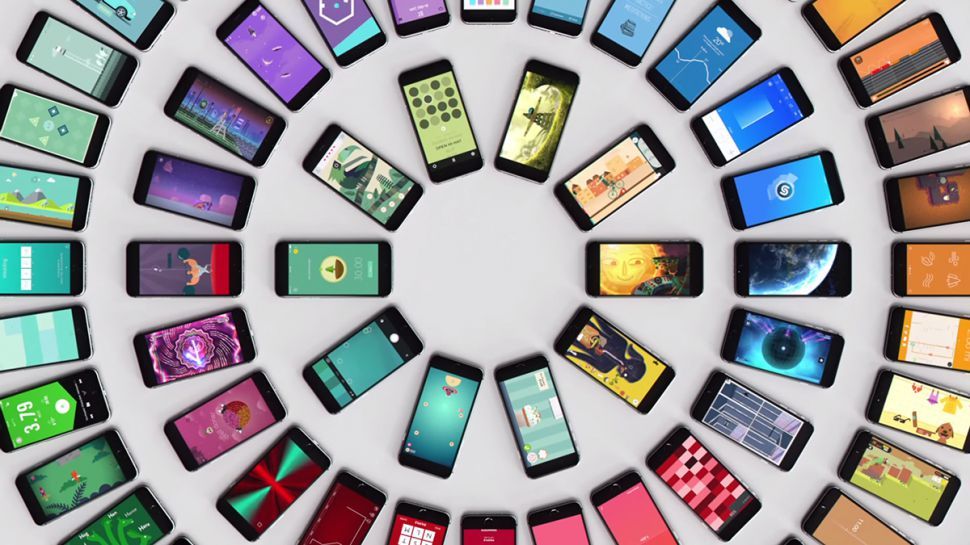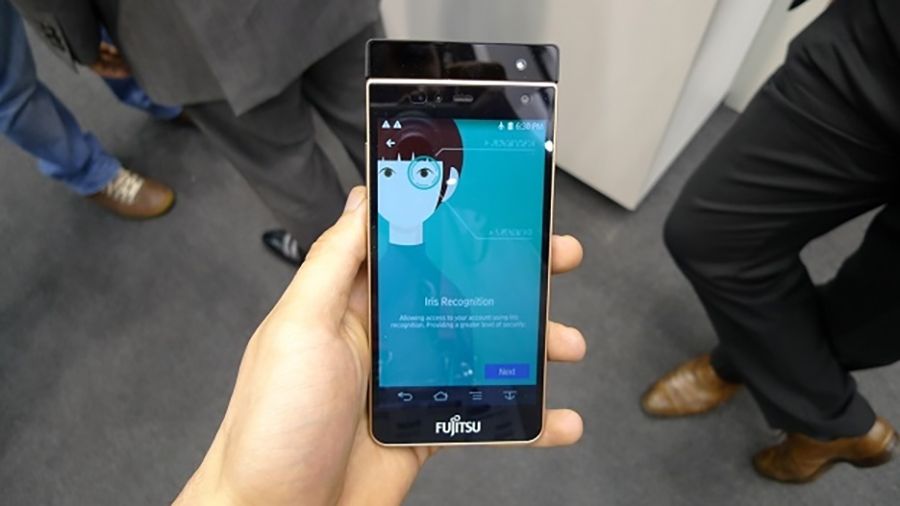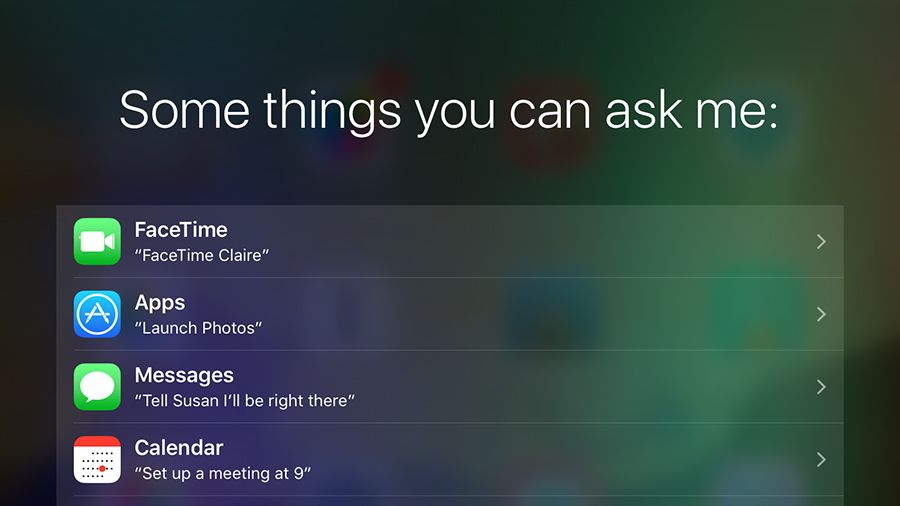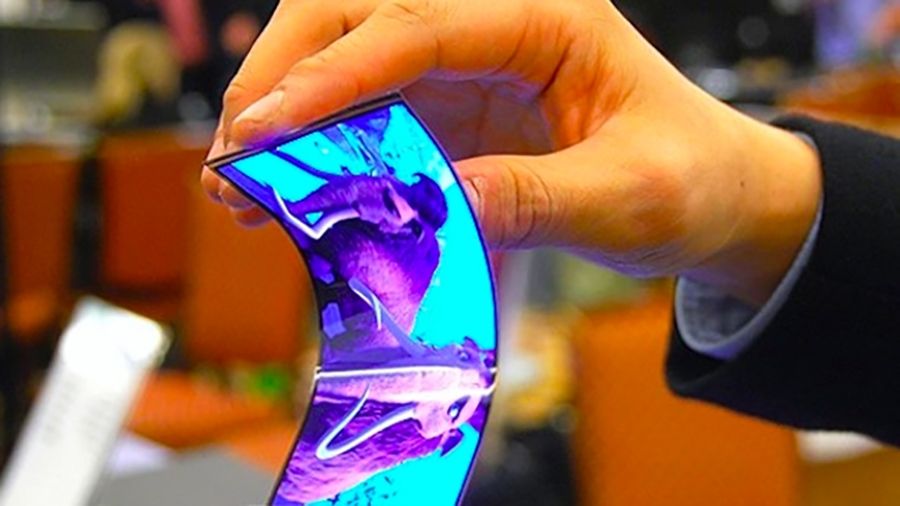2020 Innovations in Smartphones
5 smartphone innovations we want to see by 2020
What will the next five years bring?
1. ADVANCED SENSORS
Future mobiles could recognise you by the tone of your voice, the pattern of your typing or even the way you walk.
2. INTELLIGENT HOME SCREENS
In 2020, home screens should be built around advanced artificial intelligence, surfacing the apps and even the screens within those apps that we're most likely to want to use.
3. COLLAPSIBLE ELECTRONICS
We hope that phones will be able to be folded, bent, scrunched and shrunk in all kinds of ways, adapting to the needs of users no matter what they happen to be doing at the time.
It's perhaps a little ambitious to expect the manufacturers of the world to reach this target in the next five years, but it seems likely that the smartphones of the not-too-distant future will be able to morph between different form factors and sizes on demand: a widescreen tablet for watching movies, a standard smartphone size for taking photos and a small Google Glass-like headset for making calls, perhaps.
4. NO MORE DEAD BATTERIES
First and foremost, of course, there's better batteries : packs that last longer, recharge more quickly and can survive more cycles before degrading (as well as phone components that draw less power to begin with).
Then there's wireless charging, working whenever we put our phones down (and even perhaps when we don't) - once this technology becomes ubiquitous in coffee shops, offices and gyms, your phone can get topped up throughout the day without you having to think about it. Hopefully, by the time we're celebrating 1 January 2020, high-speed data connections will be ubiquitous as well as invisible charging technologies.
5. BRAVE NEW WORLDS
Virtual reality is arriving in a big way in 2016 - but as excited as we are about the hardware that's arriving over the next 12 months, it's still rather bulky and rather expensive. Is it too much to expect that virtual and augmented realities will be available as standard in the new smartphones that hit the market in 2020? We'd also welcome built-in projectors and holographic capabilities at the same time, too.
The Gear VR (the cheap VR headset powered by one of a handful of Samsung phones) has given us a glimpse of what's possible when smartphones are combined with virtual reality: in the years to come we hope to see hardware that's less clunky, apps that are more immersive, and experiences in VR, AR and holographics that require very little hardware besides your trusty smartphone.






Comments
Post a Comment
Type your comment here...